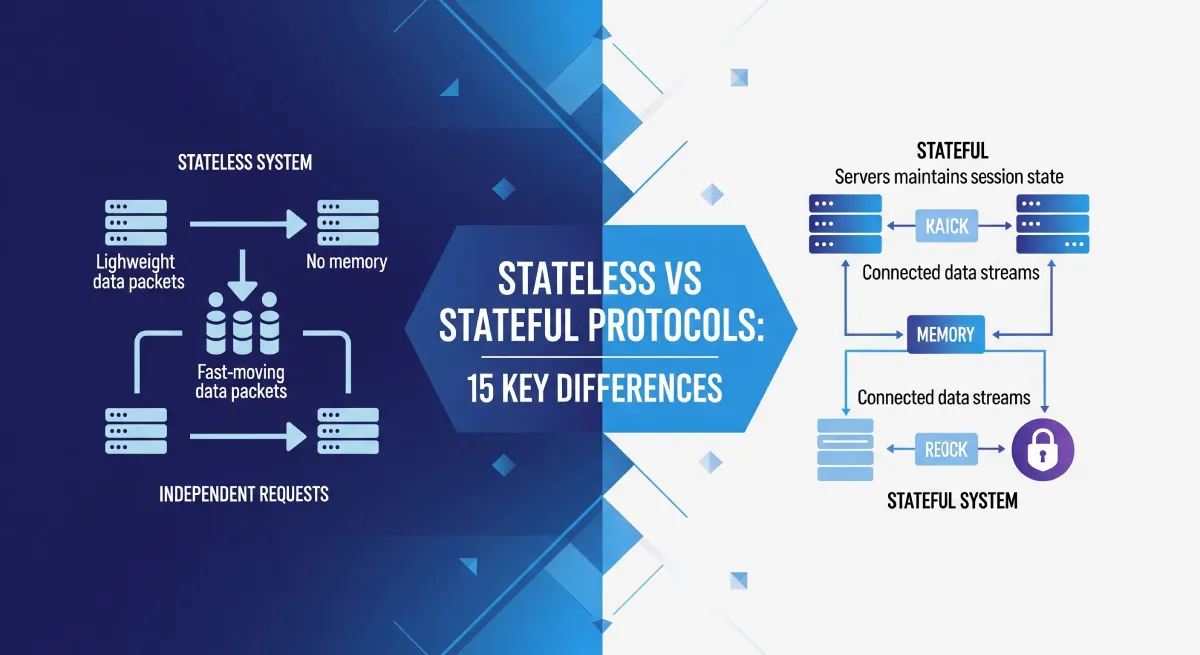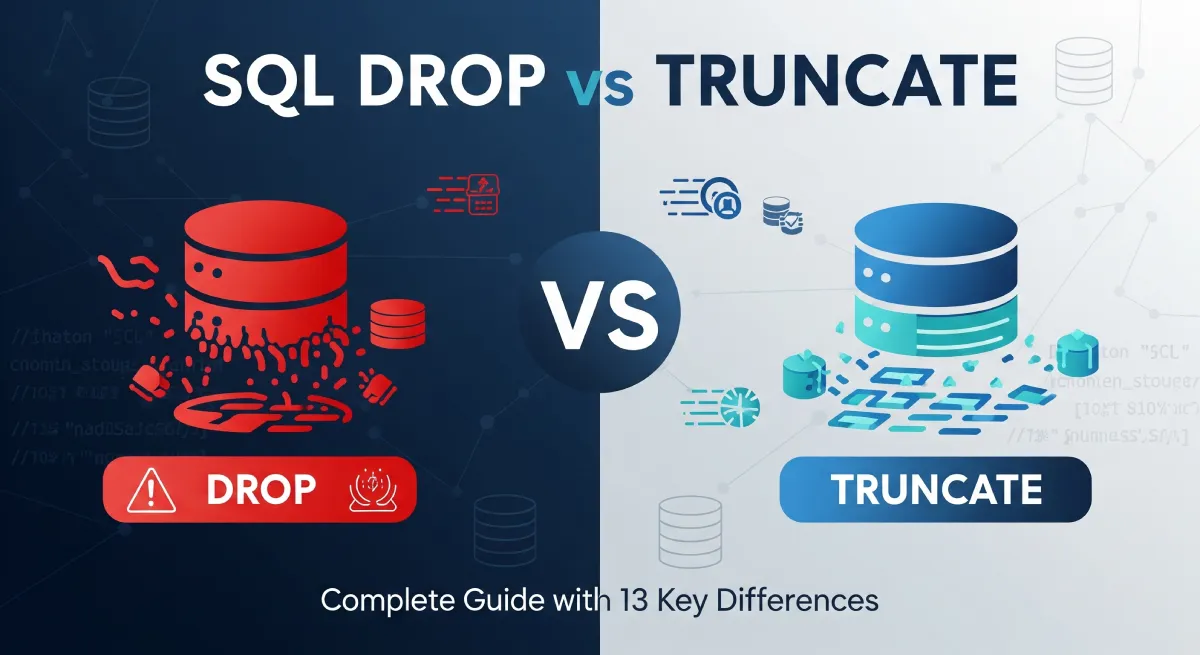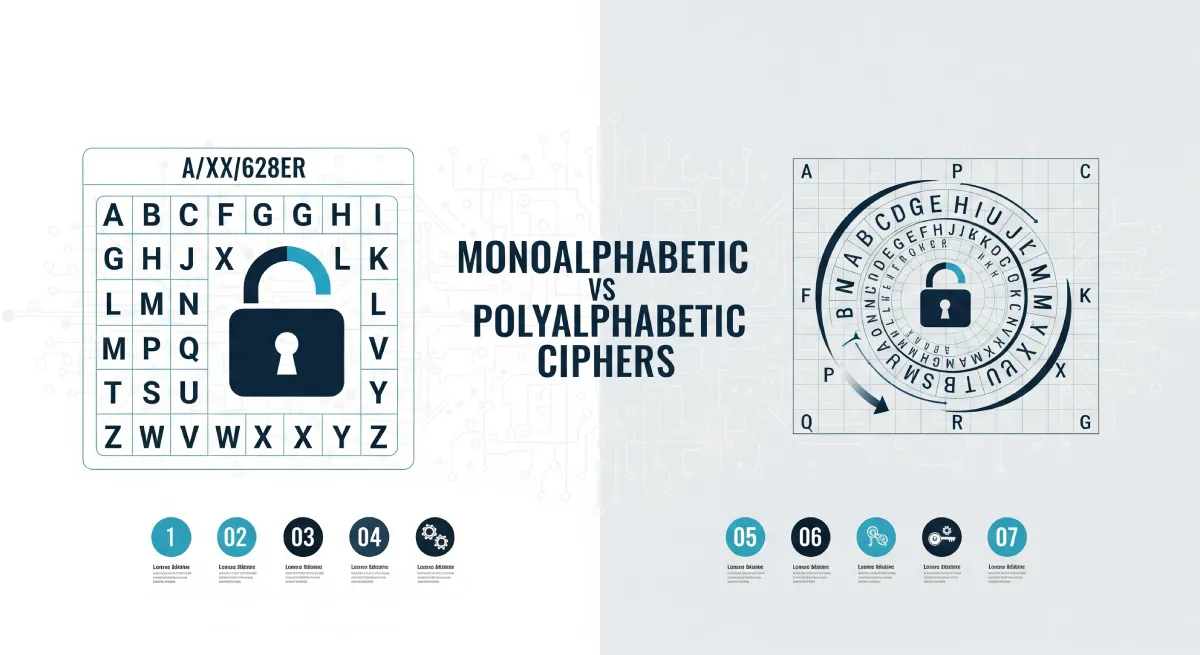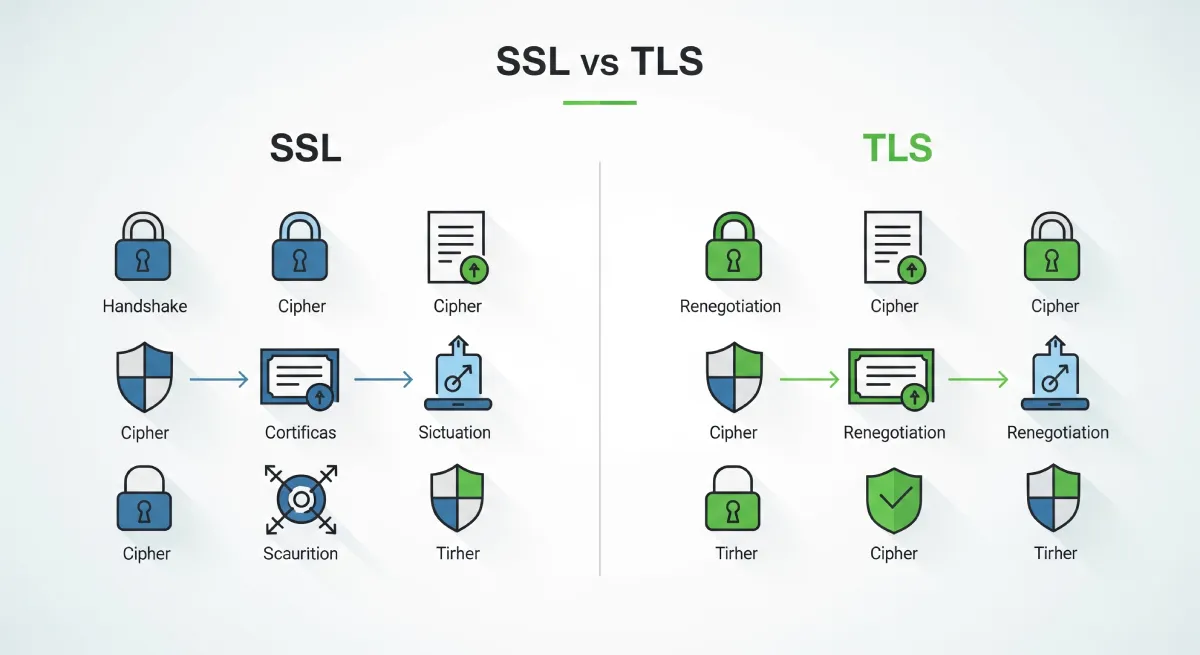In high-performance computing, grid computing vs cluster computing are two key approaches to resource sharing. Grid computing connects geographically dispersed systems to solve complex problems, while cluster computing links tightly coupled machines within a single location for faster processing. This guide explores their differences, benefits, and applications.
Defining Grid Computing and Cluster Computing
Grid computing and Cluster computing may seem interchangeable at first glance, but beneath the surface, they serve distinct purposes. Grid computing involves connecting and utilizing geographically dispersed resources to solve complex problems, fostering collaboration across networks. On the other hand, Cluster computing focuses on interconnecting multiple computers to work together seamlessly, sharing the same resources within a confined space.
Architectural Variances
Grid Architecture
Grid architecture relies on a decentralized model where tasks are distributed across a vast network of resources. This decentralized nature ensures scalability and flexibility, making it suitable for large-scale projects that demand extensive computational power.
Cluster Architecture
Cluster architecture, in contrast, follows a centralized model. Multiple computers, or nodes, are interconnected within a confined physical space. This proximity facilitates faster communication and resource sharing, optimizing performance for tasks that benefit from localized processing.
Real-World Applications
Grid Computing Use Cases
Grid computing shines in scenarios requiring immense computational power, such as scientific research, weather forecasting, and large-scale simulations. Its ability to tap into diverse resources across the globe makes it a go-to solution for collaborative projects.
Use Cases
Cluster computing, with its localized approach, excels in tasks demanding high performance and low-latency communication. Common applications include data analysis, financial modeling, and parallel processing where quick data exchange is paramount.
Performance
Comparing the performance of Grid computing and Cluster computing reveals intriguing insights. While Grid computing thrives in scalability and resource diversity, Cluster computing’s localized architecture often leads to superior speed and efficiency for specific tasks.
Key Difference: Grid vs Cluster Computing
Grid Computing | Cluster Computing |
|---|---|
| Grid computing utilizes a decentralized architecture, distributing tasks across a network of geographically dispersed resources. | Cluster computing employs a centralized architecture, with interconnected nodes within a confined physical space. |
| Grid computing involves collaboration across diverse resources, often requiring efficient communication over long distances. | Cluster computing focuses on localized communication between nodes, optimizing speed and efficiency for specific tasks. |
| Grid computing excels in scalability and resource diversity, making it suitable for large-scale projects with varying computational demands. | Cluster computing’s localized approach often leads to superior speed and efficiency for specific tasks demanding high performance. |
| Grid computing finds applications in scientific research, weather forecasting, and large-scale simulations, emphasizing global collaboration. | Cluster computing is ideal for data analysis, financial modeling, and parallel processing, where quick local data exchange is crucial. |
| Grid computing scales organically by tapping into resources from various locations, ensuring optimal resource utilization. | Cluster computing scales within its defined physical space by adding more nodes, enhancing performance for predictable resource needs. |
| Grid computing requires robust decentralized resource management to efficiently allocate tasks and prevent bottlenecks. | Cluster computing streamlines resource management by centralizing control, ensuring efficient coordination and consistent performance. |
| Grid computing encourages global collaboration by connecting resources worldwide, fostering a collaborative environment. | Cluster computing, with its localized approach, is suitable for projects where collaboration within a confined space is sufficient. |
| Grid computing may face challenges related to network latency due to the geographical dispersion of resources. | Cluster computing minimizes network latency issues since nodes are closely interconnected within a localized environment. |
| Grid computing may pose security challenges due to the diverse nature of resources and the need for secure collaboration. | Cluster computing can implement more centralized security measures, enhancing control and addressing security concerns effectively. |
| Grid computing is suitable for applications requiring a vast pool of resources and global collaboration. | Cluster computing is focused on applications demanding high performance and efficient local communication. |
| Grid computing’s future trends may involve improved collaboration tools and increased adaptability to emerging technologies. | Cluster computing’s future may include advancements in hardware efficiency and increased integration with cloud services. |
Scaling Heights: Scalability Insights
Scalability in Grid Computing
Grid computing’s scalability lies in its ability to harness resources from various locations seamlessly. As computational demands increase, the grid expands organically, ensuring optimal resource utilization.
Scalability in Cluster Computing
Cluster computing, being confined to a specific physical space, exhibits scalability within its defined boundaries. Adding more nodes enhances performance, making it a practical choice for applications with predictable resource needs.
Optimizing Resource Management
Grid Computing Resource Management
Efficient resource handling is a hallmark of Grid computing. Its decentralized approach necessitates robust resource management to ensure tasks are allocated optimally, preventing bottlenecks and maximizing efficiency.
Cluster Computing Resource Management
Cluster computing streamlines resource management by centralizing control. This approach simplifies coordination, making it easier to allocate resources efficiently and maintain consistent performance across the cluster.
Navigating Challenges
Grid Computing: Challenges
Grid computing faces challenges related to network latency, security concerns, and the complexity of coordinating resources across diverse environments. For implementation to be successful, these issues must be resolved.
Cluster Computing: Challenges
Cluster computing encounters challenges in maintaining uniform load distribution and efficient communication among nodes. Overcoming these hurdles is essential for unlocking its full potential.
Unveiling Future Trends
Grid Computing: Future
The future of Grid computing holds promises of improved collaboration tools, enhanced security measures, and greater adaptability to emerging technologies. Anticipating these trends is vital for organizations embracing this paradigm.
Cluster Computing: Future
Cluster computing’s future lies in advancements in hardware efficiency, optimized communication protocols, and increased integration with cloud services. Staying informed about these trends ensures staying ahead in the competitive computing landscape.
FAQs
1. How does Grid computing differ from Cluster computing?
Answer: In essence, Grid computing focuses on collaborative, geographically distributed resources, while Cluster computing concentrates on local, interconnected nodes for efficient processing.
2. What are the key applications of Grid computing?
Answer: Grid computing excels in applications such as scientific research, weather forecasting, and large-scale simulations, where global collaboration is paramount.
3. Can Cluster computing handle large-scale collaborative projects?
Answer: While Cluster computing is more localized, it is adept at handling projects requiring high performance and low-latency communication, making it suitable for specific large-scale applications.
4. What challenges does Grid computing face?
Answer: Grid computing faces challenges related to network latency, security concerns, and the complexity of coordinating resources across diverse environments.
5. How does Cluster computing address load distribution challenges?
Answer: Cluster computing streamlines resource management by centralizing control, and addressing challenges related to maintaining uniform load distribution and efficient communication among nodes.
6. What does the future hold for Cluster computing?
Answer: The future of Cluster computing involves advancements in hardware efficiency, communication protocols, and increased integration with cloud services, ensuring it remains a vital player in the computing landscape.
Conclusion:
In conclusion, understanding the difference between Grid computing and Cluster computing is not just about grasping technical distinctions; it’s about unlocking possibilities. Each paradigm offers unique strengths, and the key lies in choosing the right one for your specific computing needs.




